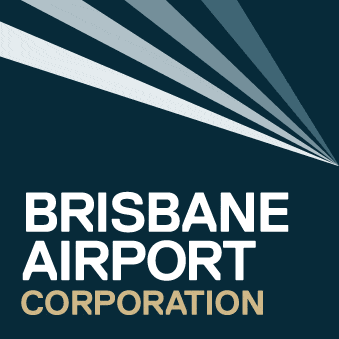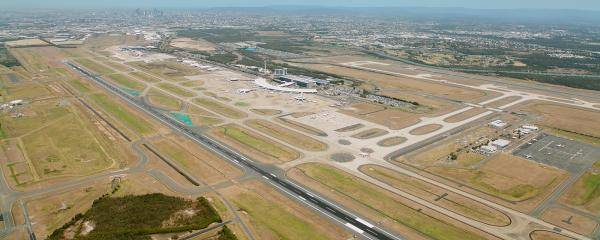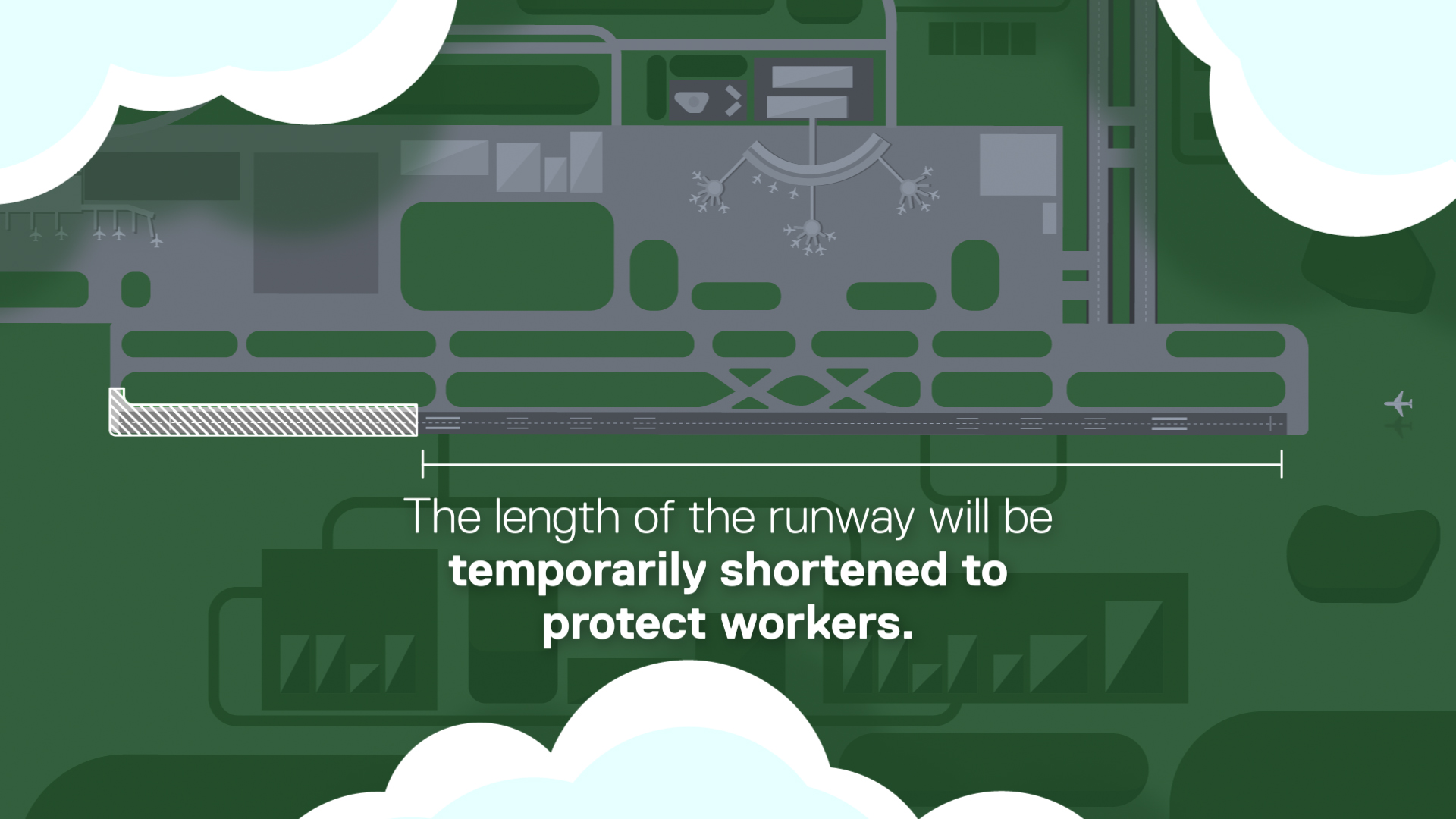Our airport has been connecting Brisbane to the world since the 1980s. The original runway required major works to keep passengers safe.

Major rectification works saw 18 aging concrete slabs replaced at the end of the original runway. These slabs need to reliably carry up to 560,000 kilograms (the weight of an A380 ready for take off).
The project commenced on 24 June and was completed on 29 September 2024.
Hear from the Project Team about the Legacy Runway Major Works project including concrete cutting and pouring.

The Legacy Runway Major Works included:
- Removal of 1,350 square metres of concrete slabs on the taxiway and threshold
- Placement of 570 cubic metres of concrete, with 90 concrete trucks
- Placement of 600 tonnes of asphalt on the taxiway, involving up to 80 personnel on site during the process
- A public awareness campaign which included television commercials, catch-up TV, local print ads, online advertising, billboards, letterbox drops, e-newsletters and social media plus community engagement visits.

Thank you to the Brisbane residents for your patience during this period. We know it has meant temporary changes to where aircraft fly and we appreciate the understanding shown by the community.
Frequently asked questions
Runways, like other type of infrastructure, are affected by the wear and tear of normal use. During this project, 18 aging concrete slabs were replaced which were nearing the end of their operational life.
During the project, construction workers worked on the end of the runway. To safely facilitate the maintenance works while still using the runway, it's length was temporarily shortened from 3.5 kilometres to 2.7 kilometres. For this reason, wide-body jets needed to operate from the New Parallel Runway.
We optimised construction to get the work completed as efficiently as possible, while also ensuring safety for the workers.
The concrete slabs required 28 days to cure before they could carry the weight of an aircraft (up to 560,000kg for a fully loaded A380). Work was required at both ends of the runway. We completed the work on one end before moving to the other.
The project was scheduled for the winter months as it was less likely for the works to be impacted by the wet weather resulting in less delays.
The Legacy Runway is normally 3.5km long but was reduced to 2.7km during construction so we could safely facilitate the maintenance works while still having use of the runway. While the majority of aircraft that fly to and from Brisbane could continue to use the reduced runway length, it was too short for wide-body aircraft to operate safely. These aircraft continued to fly their normal routes by using the new runway which is 3.3km long.
People may have noticed changes to the normal runway use, particularly for international flights, during the works period as the New Parallel Runway is not normally used for operations over the city between 10pm and 6am.
An awareness campaign ran for more than two months prior to start date and included print, online, television, broadcast catch-up services (BVOD), billboards, social media, direct email and Brisbane Airport’s mobile information van.




